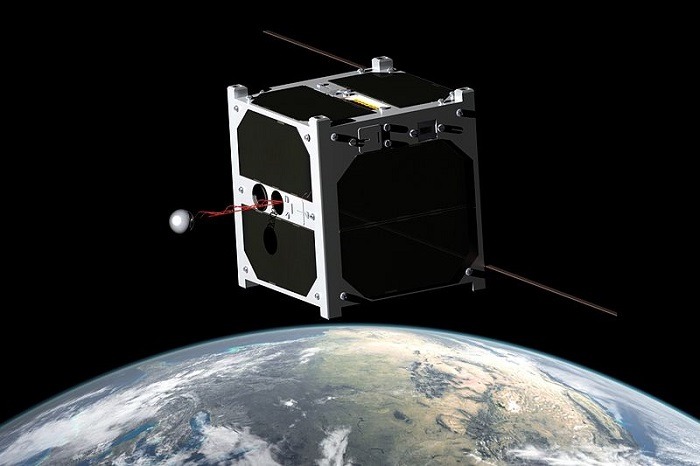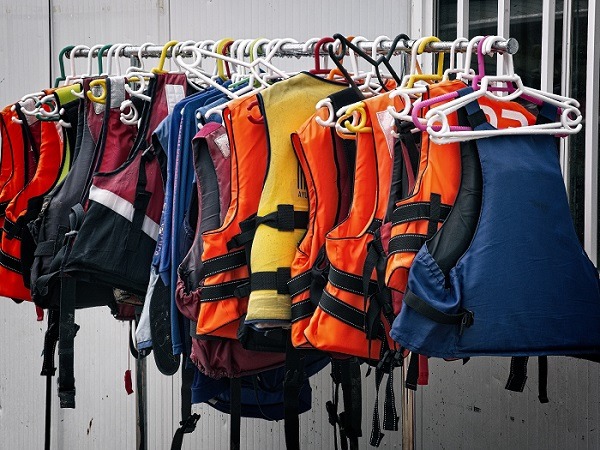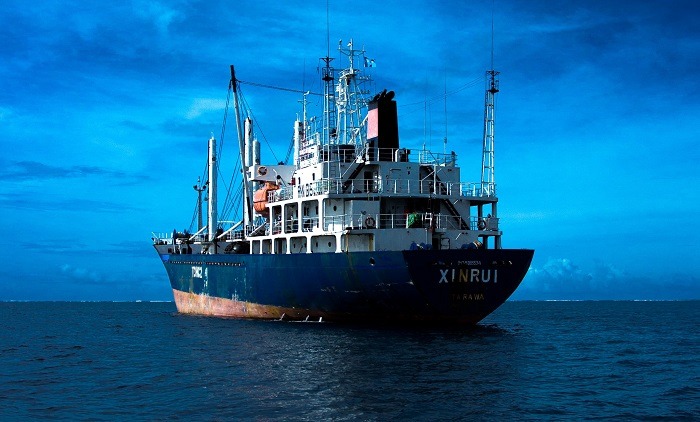
Sigfox has announced a major partnership with Plastimo to provide increased safety at sea. While Sigfox is a leading IoT service provider, Plastimo is a major name in the boating industry. Together, the two are working to make the oceans much safer for professionals, casual boaters, and travelers.
Should the worst happen and a boat or ship sinks, connected life vests or lifejackets would be able to send out a signal, helping victims get found much faster. It’s not just about new technology but saving lives.
Sigfox’s Announcement
Sigfox first announced the new partnership in late December 2019. The purpose behind the partnership is to provide geolocation services across all oceans.
Oceans are normally thought to be dead zones. The further out you go, the more difficult it is to stay connected. The good news is Sigfox is a leading 0G network operator and is going beyond typical IoT networks to make the geolocation services possible.
In reality, this is a three-way partnership. Sigfox was already partnered with Eutelsat. The company operates a critical part of making the oceans better connected – the ELO nano-satellite constellation.
Working with the ELO Constellation

Eutelsat’s ELO constellation is a key player in improving safety at sea. However, it’s just now launching. The project first kicked off in 2019 and plans to have at least 25 nanosatellites as part of the constellation over the next three years.
The current terrestrial network isn’t enough to fully support growing IoT needs. Many industries simply won’t have the coverage necessary to take full advantage of IoT devices and technologies. When terrestrial coverage isn’t available, devices will then connect to Eutelsat’s nanosatellites, which would provide nearly total coverage, even out in oceans.
Loft Orbital and Clyde Space are developing the first four nanosatellites, which will launch during 2020 and early 2021. Upon launch, they’ll be fully available for commercial use, such as with the upcoming Plastimo life vests.
By partnering with Sigfox, Eutelsat is joining an already large network. Sigfox’s narrowband network spans across 65 countries and will now connect both terrestrial and satellite for much more broad coverage.
Plastimo’s Innovative Life Vests

Plastimo has been creating innovative safety solutions for the boating industry for over 50 years. The company is now fully jumping into the IoT industry by partnering with Sigfox to create connected life vests.
Not only does Plastimo want to improve safety at sea for commercial boaters, but it wants to for individuals as well, though the technology will likely be available to professionals first, such as those on fishing and cargo ships. Plastimo wants to use Sigfox’s growing network to make the oceans a more connected place, even when ships are far out to sea.
Much like other wearable devices, comfort is a priority. These life vests should be just as comfortable as any of Plastimo’s other life vests. By being comfortable, more people are likely to wear them, keeping them much safer should the worst happen.
Increasing Safety at Sea

In general, oceans are dangerous – not just because of random accidents and equipment failures, but for the difficulty of rescuers pinpointing victims as they’re tossed about in the ocean.
The life vests will be equipped with special locators that connect to Sigfox’s satellites. Unlike some transmitters, there won’t be any bulky batteries to maintain the connection. Since the lifevests will constantly transmit the location, rescuers don’t have to search such a large area in the hopes of finding survivors.
In the past, survivors had to rely upon transmitters on the ship itself or on lifeboats. Rescuers typically only have a boat’s last signal location if a lifeboat wasn’t available, but now they have the signal from the vest.
It’s important to also point that Plastimo is also including the technology in Plastimo life rafts as well.
Launch Dates
Currently, there aren’t any official launch dates. However, Plastimo is already creating their life vests and life rafts now. The strength of Sigfox’s terrestrial network will still pick up signals for any shipwreck survivors dozens of miles off the coasts of any countries within the network.
As soon as the ELO constellation’s nanosatellites are launched, the vests and rafts can take advantage of wider coverage. However, Eutelsat’s full nanosatellite network won’t be up and running until at least 2022.
Image credit: Wikimedia Commons/Erik Kulu








